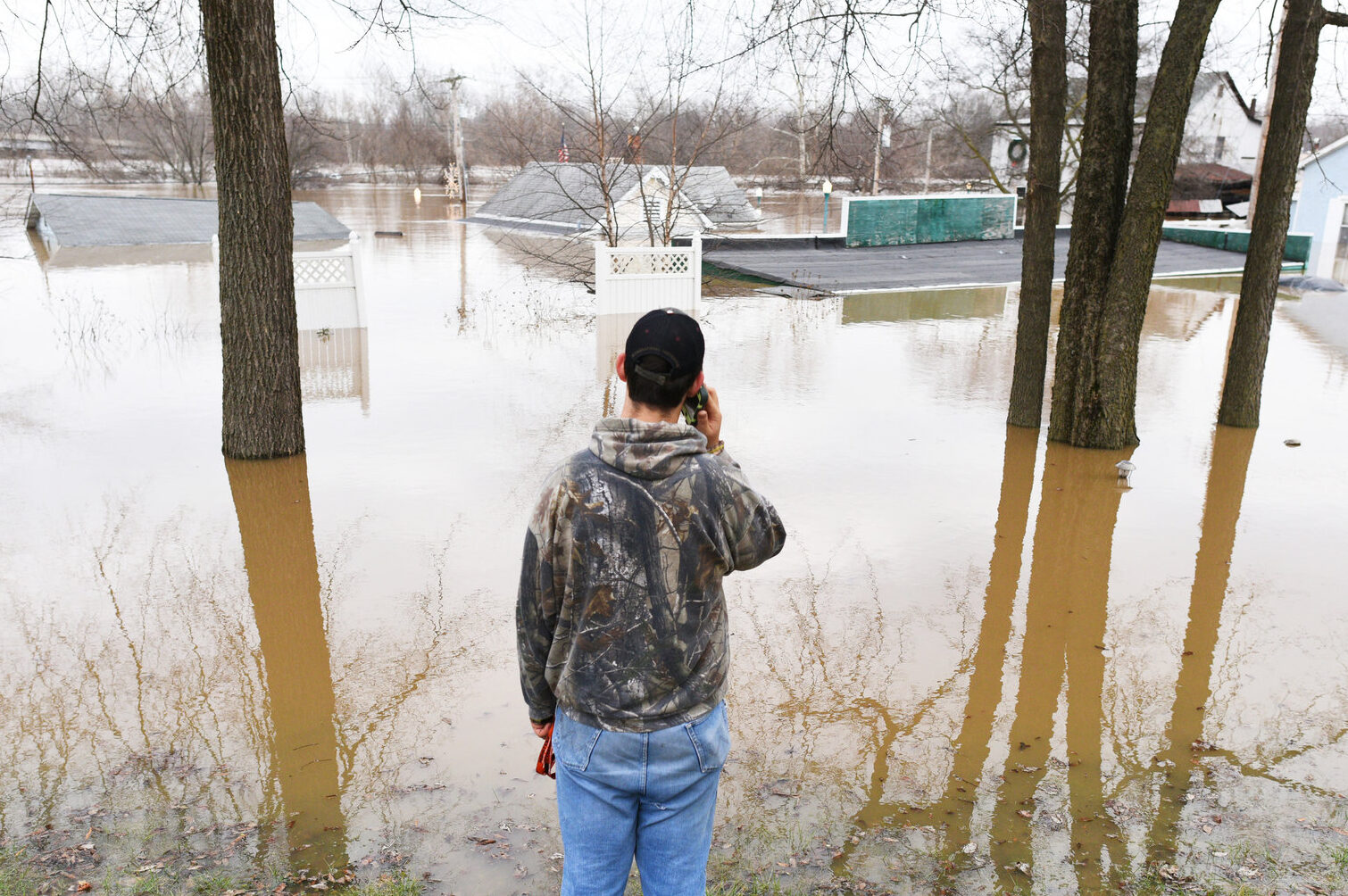
Donations will ensure survivors have access to emergency shelter, food, clean water, medical care, and psychological support. Funds will also assist in home repair, debris removal, and rebuilding critical infrastructure. Contributions can go to regional disaster relief organizations, local community foundations in flood‑hit states, and national nonprofit relief agencies.
A major storm system stalled over the central U.S., unleashing days of heavy rainfall across the Midwest and South. Rivers swelled to historic levels, causing widespread flooding in states like Kentucky, Missouri, Indiana, Tennessee, and Arkansas. At least 24 people have died as a result of the flooding, with many more displaced, homes destroyed, and communities cut off by submerged roads and bridges. In many areas, first responders are conducting door‑to‑door rescue missions, and local authorities have declared states of emergency as recovery begins.
A stagnant and slow‑moving storm system parked over the central U.S. triggered repeated rounds of heavy rain, in some places dumping more than a foot of precipitation over successive days. Rivers, creeks, and drainage systems were overwhelmed; more than 26 river gauges along major waterways entered major flood stage. In Kentucky, the powerful rise of the Kentucky River inundated riverside towns, closed highways, and prompted widespread evacuation orders. A 9‑year‑old boy in Frankfort drowned after being overtaken by swift floodwaters on his way to a school bus stop.
In Indiana, Tennessee, and Missouri, communities reported washed‑out roads, collapsed bridges, flooded basements, and cut utilities. Thousands of homes were damaged, and some neighborhoods became unreachable due to flooding. Emergency services across multiple states coordinated rescue efforts, often sending boats and helicopters to retrieve stranded residents. Many counties declared states of emergency and deployed National Guard units to assist in relief operations.
Damage assessments are ongoing, with millions of dollars in pending insurance and uninsured losses. Local governments are working with nonprofits to establish shelters, distribute clean water, and restore disrupted services. Volunteer groups, churches, and civic organizations are mobilizing supplies, manpower, and fundraising. As floodwaters recede, new challenges emerge: mold mitigation, structural repairs, restoration of road and bridge access, and mental health support for survivors traumatized by this sudden devastation. Authorities warn that cleanup and full recovery may take months, even years, in the hardest-hit counties.